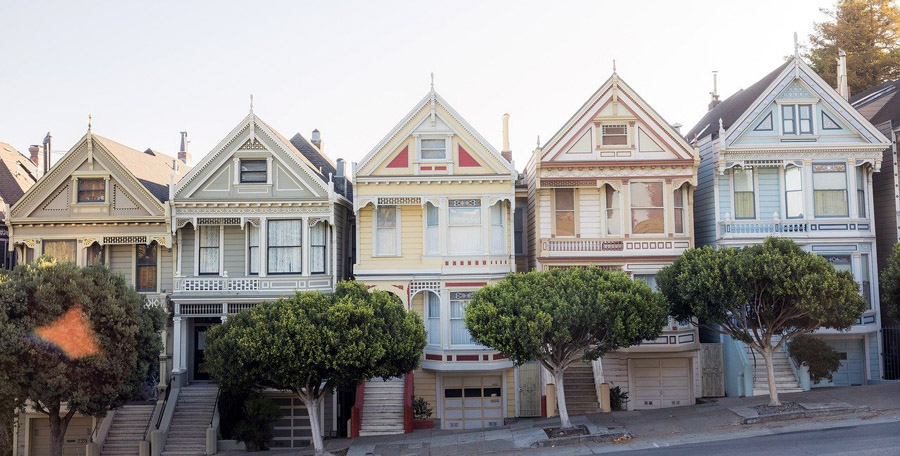
Sometimes it feels like real estate investors use too many ways to measure returns. Are they all really necessary? What is gross rent multiplier anyway, and why should investors bother with it?
While a blunt instrument, gross rent multiplier (GRM) offers an easy, back-of-the-napkin way to compare markets for rental investing.
Also referred to as gross income method (GIM), gross rent multiplier gives you a simple glimpse into the profitability of any investment property or city. That simplicity comes at a cost however — GRM ignores factors like operating expenses and investment property financing. Make sure you understand not just its uses, but also its limitations before relying too heavily on it.
What Is Gross Rent Multiplier?
Gross rent multiplier is the ratio between the value or price of a property and the gross annual rental income it creates through rent. Put another way, GRM tells you how many years it would take for the gross rental income to pay for the purchase price.
It makes a quick shorthand to calculate rental profitability. But it ignores all rental property expenses, which vary wildly across real estate markets.
Gross Rent Multiplier Formula
Calculating GRM is about as simple as formulas get in real estate. The gross rent multiplier formula reads as follows:
GRM = Property Price / Gross Annual Rental Income
Hardly rocket science, eh?
Note that “gross rent” means just the sum total of all collected or potential rent. It does not include operating expenses such as vacancy rate, property taxes, landlord insurance, property management fees, repairs, maintenance, and so on.
Calculate Gross Rent Multiplier: Example
Say Sam has his eyes on a real estate investment that costs $300,000. The property rents for $3,000/month, for a gross annual rent of $36,000.
$300,000 Property Value / $36,000 Annual Rental Income = 8.33 GRM
What does that mean? The GRM gives an estimate for how long it will take a property to pay for itself. In this example, it will take 8.3 years for Sam to pay off the property. Bear in mind that the GRM formula does not include other rental expenses such as property taxes, vacancy rate, and insurance.
Gross Rent Multiplier Calculator
Yes, GRM is one of the easiest calculations in real estate investing. But that doesn’t mean a free gross rent multiplier calculator wouldn’t make your life easier.
Bookmark this page to use our free GRM calculator any time.
How to Use GRM in Real Estate Investing
In addition to providing a quick price/rent ratio for a prospective property, GRM comes with a few other uses.
Many real estate investors use GRM to compare prospective cities and neighborhoods for investing. Some cities offer relatively high rents and low property prices — an attractive proposition. Others feature outrageously high home prices compared to the rents — cities to avoid.
Gross rent multiplier can also help you identify the fair market value of a property, if you know the GRM for similar properties in the area. You can invert the formula like this:
Typical Property Value = Rental Income X GRM
Revisiting the example above, Sam knows the gross annual rental income, and the typical GRM for the neighborhood: the number of years it typically takes to pay off area properties. With that information, he can calculate and identify what the current market value for the property would be.
$36,000 Rental Income X 8.33 GRM = $300,000 Value (rounded)
Likewise, you can use the GRM formula to determine fair rent. If you want to determine what the monthly rent should be on a given property, you must know the fair market value:
Rental Income = Price of Property / GRM
In this scenario, Sam knows the GRM and the sale price of the property. This calculation determines a fair renting price.
$300,000 Property Value / 8.33 GRM = $36,000 Rental Income
By taking the price of the property and dividing by the years that the property should pay for itself, Sam is given an estimate for what he should make annually from his renters.
But given the bluntness of the GRM, you can’t calculate rental cash flow or property values with any real precision. Instead, put that very bluntness to work for you by using it on a larger scale, to identify cities with attractive price/rent ratios.
Cities with the Best Price/Rent Ratios (GRM)
Expensive coastal cities rarely make good markets to invest in real estate. The properties usually don’t cash flow well, with high price/rent ratios. For example, people love to complain about the high rents in San Francisco, but the simple fact is that home prices are disproportionately higher. San Francisco features a GRM of over 30 years!
To help you find better markets for real estate investing, we calculated the GRM for the top 300 most populous cities in the US:
Limitations of GRM
Although the gross rent multiplier is a quick and easy way to determine the property value, it comes with some drawbacks. Most importantly, GRM does not account for variations in your expenses as a landlord, such as:-
- Property insurance
- Property Taxes
- Maintenance and rRepairs on theto a property
- Property mManagement fees
- Vacancy rate
- Maintenance on property
- Legal and ownership expenses
What Is a Good Gross Rent Multiplier?
Generally speaking, the lower the GRM at purchasing price- the better for property level investments. However, as mentioned prior, gross rent multiplier does not solely offer enough information to gage a property’s returns. While lower GRMs are more attractive to rental investors, it is difficult to place a specific number on a “good” GRM. In some of the best cities for real estate investing, you might GRMs under 8. In the worst, you could see a GRM over 30! Even within cities, expect a wide range of GRMs. In high-crime, high-vacancy, low-rent areas, you might see GRMs as low as 4 or 5, while in premier neighborhoods GRMs could triple that. Always take GRM with a grain of salt, and use it as a first-glance way to screen cities and properties, not your only form of due diligence in real estate.Difference Between GRM & Cap Rates
Capitalization rates (cap rates for short) are one way to measure the return on investment on an income property. You calculate a property’s cap rate by dividing the net operating income (NOI) over the property price or value.
Net operating income is the gross annual income, minus all operating costs such as vacancy rate, repairs, maintenance costs, property manager fees, insurance, and property taxes. Because cap rates include expenses, they offer a more accurate measure of potential investment properties’ returns.
Neither GRM nor cap rates take investment property financing into account. That removes debt service from the equation — great for isolating just the income potential of different markets or properties.
Both cap rates and GRM can serve as screening tools to scout potential rental markets and investment opportunities. While GRM applies more to residential properties, cap rates apply to all property types.
Difference Between GRM & Cash-on-Cash Return
While GRM is a blunt financial metric, cash-on-cash return is more precise for specific properties.
Cash-on-cash return is the annual yield you earn on your own cash invested in an income-producing property. Only your invested cash: your net annual income, divided by the cash you personally invested in the property.
Unlike cap rates and gross rent multiplier, cash-on-cash return takes your mortgage payments into account. If you invested a total of $50,000 in closing costs and your down payment on a rental property, and the property generates $5,000 per year in net income, you earn a 10% cash-on-cash return.
Commercial property investors also use cash-on-cash return to measure income yield on real estate syndications.
It offers one more rate of return metric, to help you measure potential income. For more details, check out our free cash-on-cash return calculator, and while you’re at it, our internal rate of return calculator.
Final Thoughts
Gross rent multiplier is a great way to quickly glance at a property’s value when scanning potential property investments.
However, it doesn’t account for your expenses as a landlord or property investor, which makes it a blunt instrument. When seriously considering purchasing a property, complete a full analysis of cash flow and other returns to make the best possible financial decision.♦
How do you use GRM in your real estate investing decisions?
More Real Estate Investing Reads:
About the Author

G. Brian Davis is a real estate investor and cofounder of SparkRental who spends 10 months of the year in South America. His mission: to help 5,000 people reach financial independence with passive income from real estate. If you want to be one of them, join Brian and Deni for a free class on How to Earn 15-30% on Fractional Real Estate Investments.

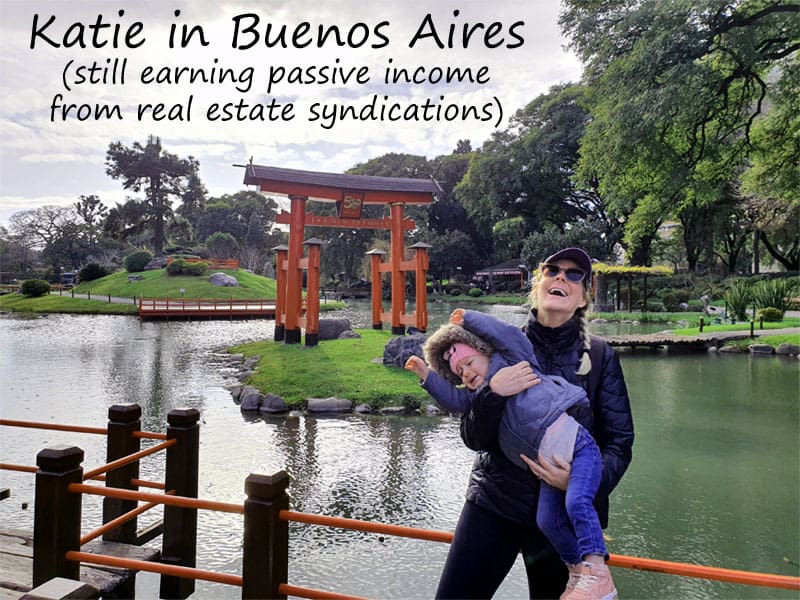
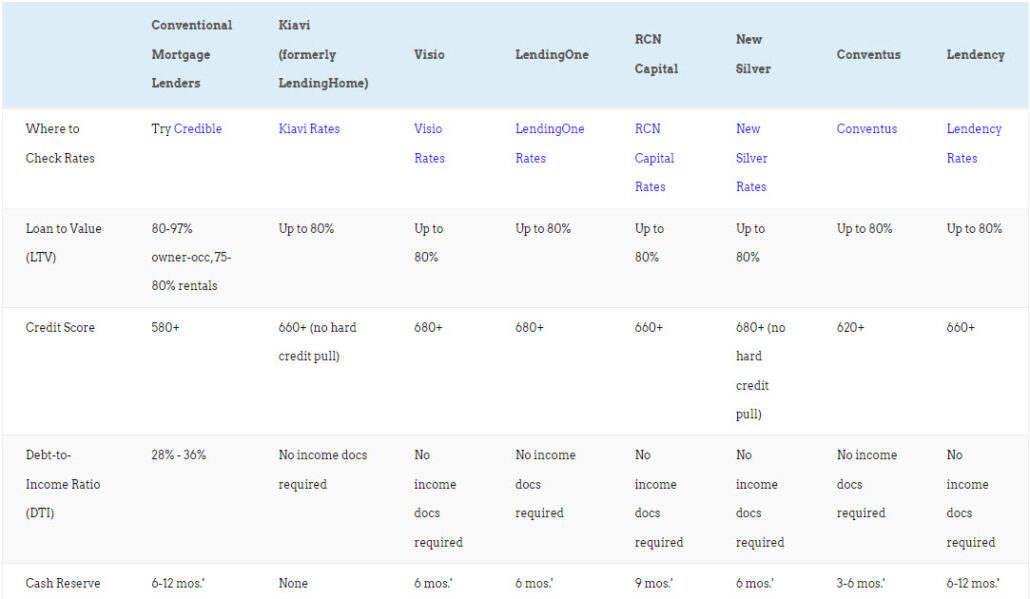






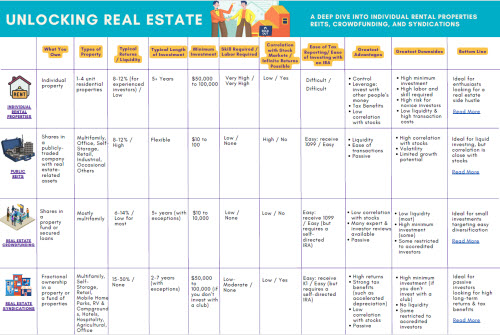








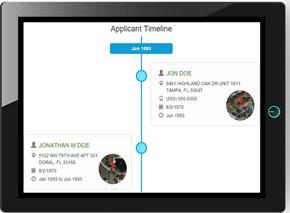




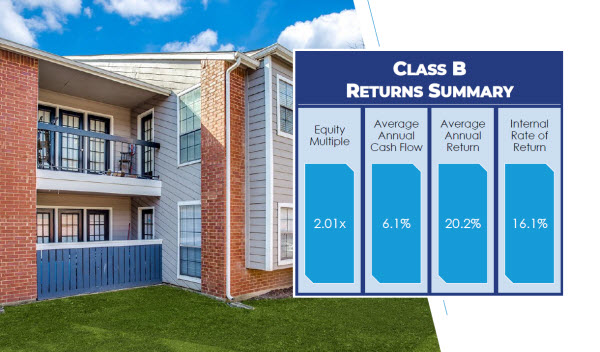
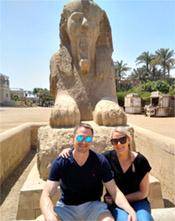
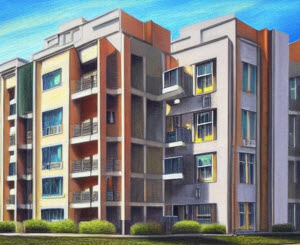

Wow! I’m literally showing this article for ALL my realtors friends
This is a great resource, thank you!
Thanks Tim, glad it was useful for you!
Financial decisions can be difficult at times. Thanks to you I can use GRM now.
This is a cool way to know if you are making the right decision or not.
Thanks Osha!
I will start using GRM to scan for potential properties! I find it more efficient than what I usually do.
It’s not precise but it’s very scalable and great for finding areas to invest.
Gross rent multiplier is great for finding new cities to invest in, especially smaller markets
Agreed Sigfried!
Pretty useful for landlords and filtering unfamiliar cities
Absolutely!
I’d love to get my money compounding the way rich people seem to. Work in progress. Thanks for the tips.
Keep plugging money into investments and let them compound to work their magic, and you’ll get there Mikaela!